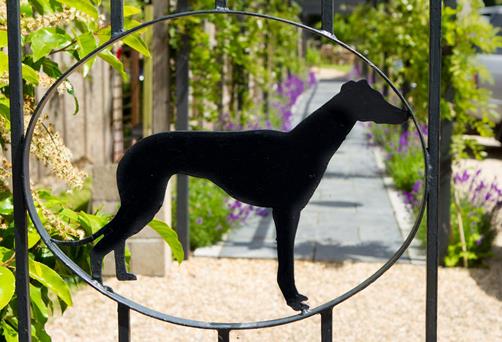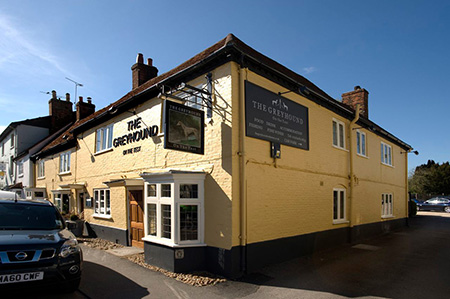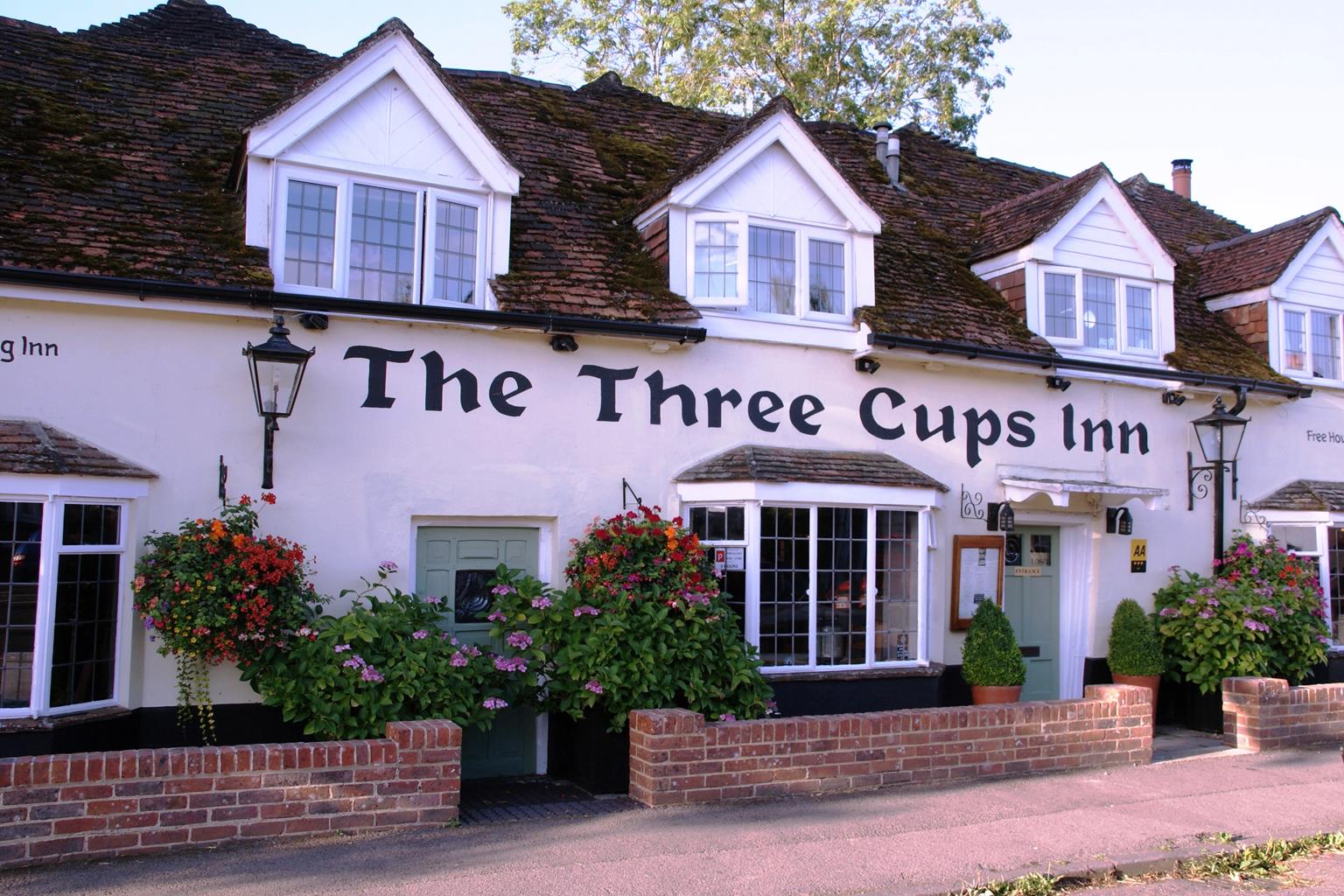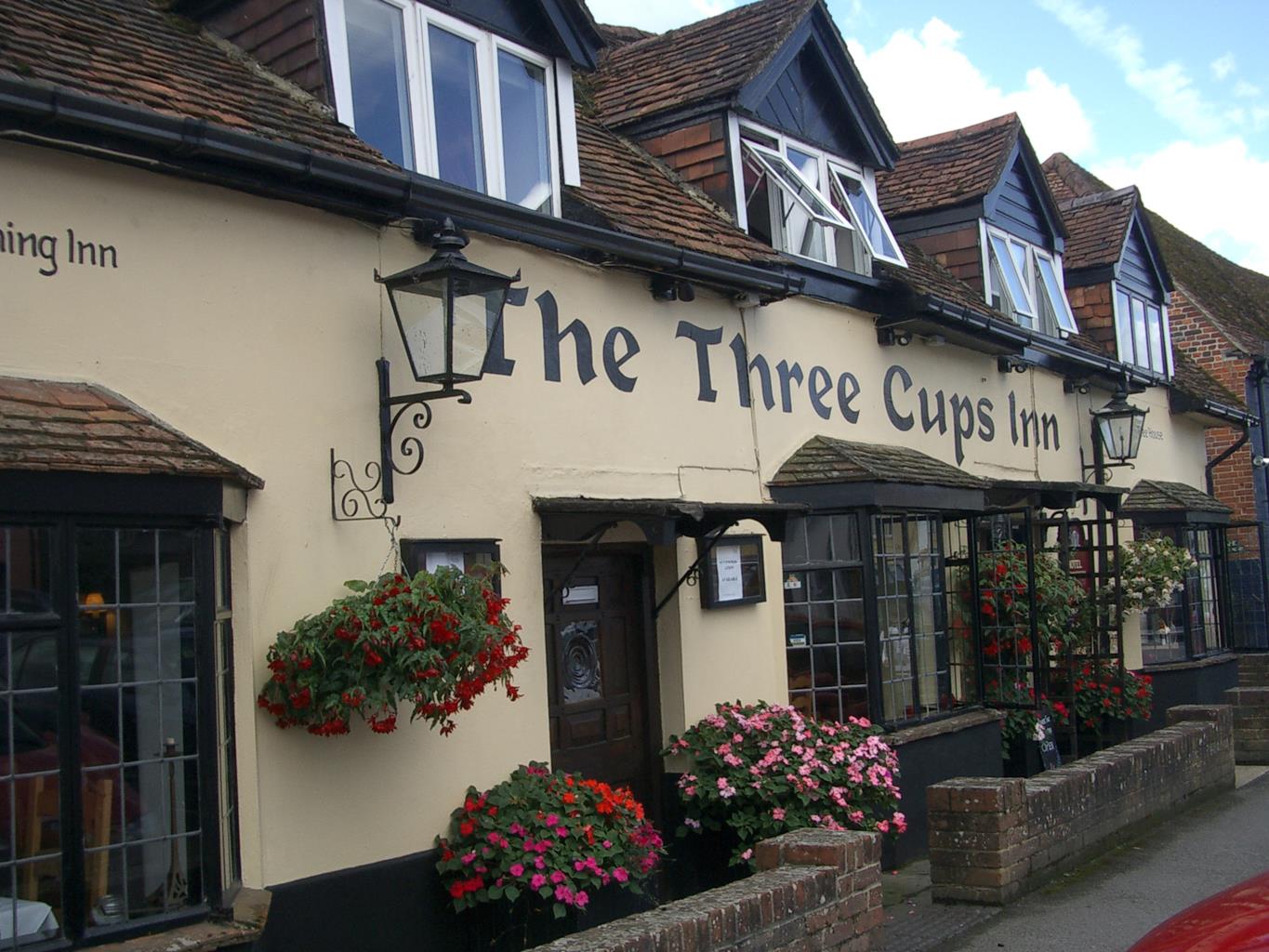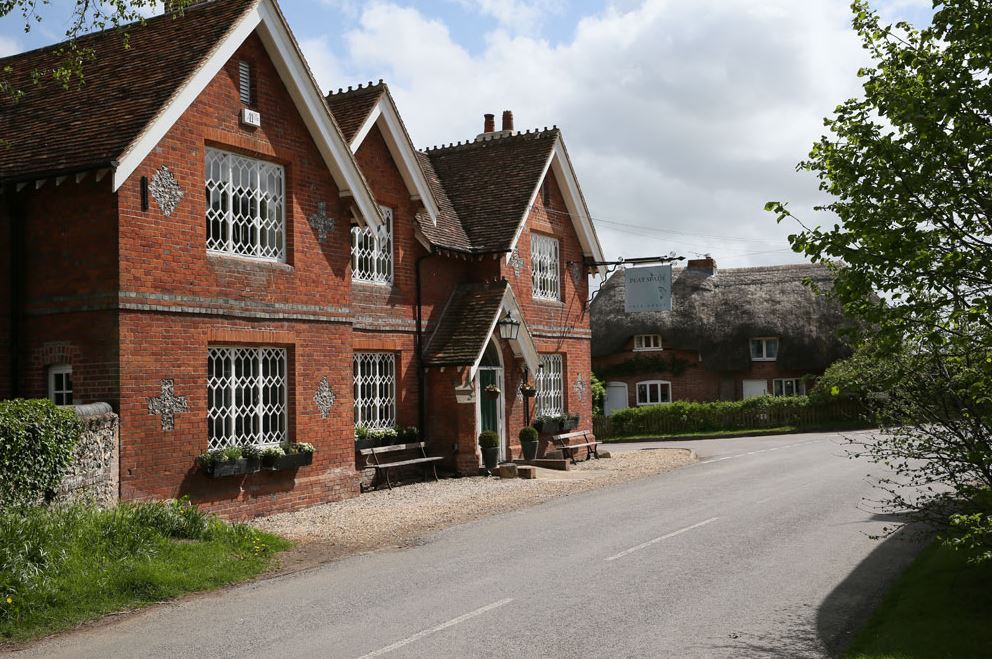This 750-year-old hotel is full of character, with a mix of bedrooms and suites; The Seamstress…
Clarendon's lost palace

7.5 miles (12.1kms)
About the walk
The parish of Pitton and Farley lies on the boundary of a vast estate, Clarendon Park, which occupies a wide arc of country due east of Salisbury. In Saxon times the area was covered with an ancient forest and within its bounds are the remains of the once magnificent Clarendon Palace, which began its life as a Saxon hunting lodge. It was expanded by the Plantagenets into a great country house becoming, in the 14th century, second only to the Palace of Westminster in size and importance.
Royal residence
Henry II and Henry III were both responsible for creating this grand building with its great hall, lavish apartments, council chambers and chapels, all beautifully adorned with wall-paintings and floor tiles. Many great names in history visited the palace as a place of retreat and pleasure, notably Thomas Beckett and the captive kings, John of France and David of Scotland, who hunted with their captor, King Edward III, in the surrounding forests. The palace continued to be an occasional residence of the royal family until the outbreak of the War of the Roses in 1455. At the end of the conflict in 1485, although in decline, the palace was sustained and occasionally visited by Yorkist, Tudor and Stuart monarchs until the land and the now almost ruined building were confiscated by Parliament in the wake of the execution of Charles I in 1649.
The archaeologist Dr Tancred Borenius excavated the site during the 1930s, revealing evidence of a Saxon building below Norman foundations. He also identified the great hall, the kitchens, the royal quarters and several council chambers. Until recently, very little could be seen, except for a few ruined walls and broken floors. You can now view the results of the ongoing excavations that are beginning to reveal the hidden history and glory of this once magnificent palace.
Just south of Pitton is the village of Farley, a fragmented settlement built around a triangle of lanes with a pleasant assortment of buildings. It is known for its classical church, built of country brick in a style influenced by Sir Christopher Wren. The church was built for Sir Stephen Fox who was born in the village of poor parentage, but being an able and intelligent man he served Charles II, eventually rising to the post of Paymaster General. He later contributed £13,000 (then a huge sum of money) to the building of Chelsea Hospital and in doing so became a friend of Wren. Fox later bought Farley Manor and employed Alexander Fort, an architect who had worked with Wren, to build the handsome village church between 1689 and 1690. The interior has simple panelling and pews, a broad central aisle, some fine monuments and classical-style window glass.
Walk directions
Locate The Silver Plough pub and walk up a cul-de sac to the right of it. In 100yds (91m), take the footpath right, heading uphill between houses to a stile. Proceed across a narrow field to a stile, then go ahead along the right-hand field-edge to a stile by a gate.
Cross the track and continue ahead along another track to the right of woodland. It narrows and soon reaches a narrow gap. Keep ahead, cross a stile and enter Church Copse. Stay ahead on the main track to the right. Follow this straight on and down, with a fence to your right. Where the fenced path joins a track bear right, then, at a junction on the woodland fringe, keep straight on downhill into Farley village.
At the road, turn right and pass All Saints Church and the almshouses. Leave the village and take the third path on the left, over a stile (the second is opposite the Coronation playing fields). Go diagonally right and follow the hedge right to a stile by a bungalow. Walk down the drive, cross the lane to a gate and follow the path through a long field to a stile and gate.
Proceed across the next field (on the left of power cables) to a stile and gate. Take the track immediately right and follow this byway to a track T-junction with a footpath into a field on the right. Turn left alongside a fenced enclosure and, on emerging from the wood, head straight across two fields and enter further woodland.
Walk through the woodland alongside a clearing to your right and cross a lane back into woodland. Leave the wood and follow the track right, then left around the field-edge and soon re-enter the wood. Keep ahead where the Clarendon Way merges from the right and continue to the ruins of Clarendon Palace.
From the palace remains, retrace your steps through the wood, this time keeping left along the Clarendon Way. Follow the path for nearly a mile (1.6km) through the wood. On emerging, keep straight on down the track and cross the lane by a barn.
Pass beside white cottages and woodland to your right, then walk down a fenced path, soon to bear right to the sewage pumping station. Cross at the bridge, and at the lane turn left, then right, back to the village hall.
Additional information
Field paths, woodland tracks, country lanes, many stiles
Gently undulating farmland and woodland
Keep dogs under control across farmland
OS Explorers 131 Romsey, Andover & Test Valley; 130 Salisbury & Stonehenge
Considerate roadside parking in Pitton
None on route
WALKING IN SAFETY
Read our tips to look after yourself and the environment when following this walk.
Find out more
Also in the area
About the area
Discover Wiltshire
A land shrouded in mystery, myth and legend, Wiltshire evokes images of ancient stone circles, white chalk horses carved into hillsides, crop circles and the forbidden, empty landscape of Salisbury Plain. To many M4 and A303 drivers heading out of London through the clutter of the Thames Valley, Wiltshire is where the landscape opens out and rural England begins.
Wiltshire’s charm lies in the beauty of its countryside. The expansive chalk landscapes of the Marlborough and Pewsey downs and Cranborne Chase inspire a sense of space and freedom, offering miles of uninterrupted views deep into Dorset, Somerset and the Cotswolds. Wiltshire’s thriving market towns and picturesque villages provide worthwhile visits and welcome diversions. Stroll through quaint timbered and thatched villages in the southern Woodford and Avon valleys and explore the historic streets of the stone villages of Lacock, Castle Combe and Sherston. Walk around Salisbury and discover architectural styles from the 13th century to the present and take time to visit the city’s elegant cathedral and fascinating museums. And if all of that isn’t enough, the county is also richly endowed with manor houses, mansions and beautiful gardens.
Nearby stays
Restaurants and Pubs
Nearby experiences
Recommended things to do
Why choose Rated Trips?
Your trusted guide to rated places across the UK
The best coverage
Discover more than 15,000 professionally rated places to stay, eat and visit from across the UK and Ireland.
Quality assured
Choose a place to stay safe in the knowledge that it has been expertly assessed by trained assessors.
Plan your next trip
Search by location or the type of place you're visiting to find your next ideal holiday experience.
Travel inspiration
Read our articles, city guides and recommended things to do for inspiration. We're here to help you explore the UK.

